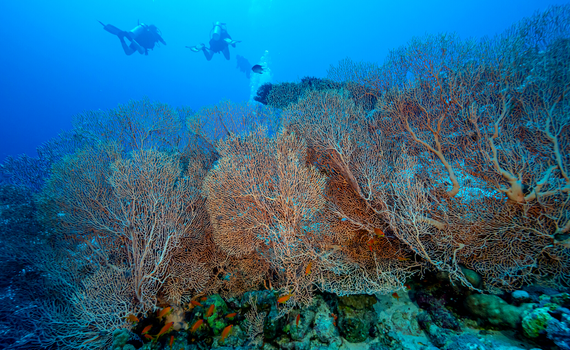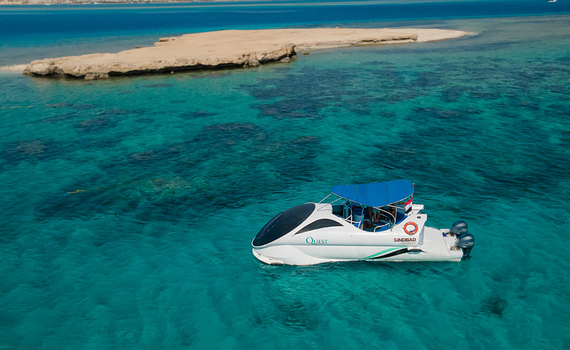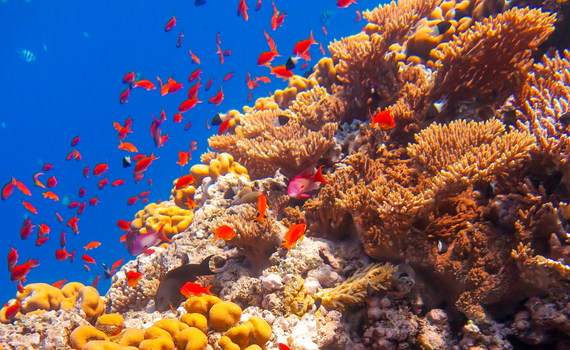February 14, 2023

Sindbad Experiences takes you on a journey to explore the underwater world, and these are just a few of the incredible sights you can expect to see. From the striking flared oral disc of the Ritteri anemone to the flexible and giant sea fans of the gorgonian, each coral has its unique characteristics and stunning features. We also offer some tips on how to spot and appreciate these magnificent creatures, including how to avoid the stinging hairs of the fire coral. Join us in discovering the wonders of the Red Sea's coral reefs.
Anemone Magnificent
The ‘Ritteri anemone,' from the Red Sea, is characterized by a flared oral disc. It can usually reach between 20 and 50 centimeters in diameter. The coral of the oral disc goes from light beige to white. It is usually found down to 20 meters deep. You can spot it at many of the diving destinations of the
Dive Base Academy.
Black Sun Coral
The ‘Tubastraea micrantha' is a light-sensitive black sun coral. She comes in breathtakingly beautiful shapes and forms on the reefs visited by the
Dive Base Academy.
Bubble Coral
When you look closer at bubble coral, you can see that the bubbles are expanded tentacles of the polyps. Its large surface ensures enough light for photosynthesis in close harmony with the embedded algae.
Brain Coral
The surface of the Platygyra sp., a hard coral reef builder present at many of the
Dive Base Academy’s venues, resembles a brain because of its shape and its meandering grooves.
Feather Star Coral
Feather stars from the crinoids department are called feather stars because their arms look like feathers. They can be found in the Red Sea, curled up during the day, but their colorful feathery arms extend to sea fans during the night.
Finger Leather Coral
The color palette of the finger leather coral comprises pink, purple, grey, green, yellow, brown, and cream. Their 'arms' or ‘tentacles’ look like tiny tree branches. The finger leather coral is present at the
Dive Base Academy house reefs.
Fire Corals
Fire corals, the Millepora dichotomy, are bright yellow-green and brown. It derives its name from their robust 'stinging' hairs with which they defend themselves. Fire corals can inflict wounds when divers accidentally brush their skin against them. This causes painful burning and itching. So just be careful when spotting them with the
Dive Base Academy during your dives.
Gorgonians
The gorgonian has a flexible horny skeleton, and its spectacular width can span more than 2 meters. That is why they are also called giant sea fans. The Red Sea is home to the Red Sea whip coral, a 'gorgonian fan' with light to bright red 'tentacles'.
Head Coral
This is a hard stony coral from the reef-building Mussidae family. It resembles a
head because of its shape. However, there's still a great diversity of form among individuals in this family. Our instructors at the
Dive Base Academy are more than happy to identify them for you during diving sessions.
Honeycomb Coral
The Favites sp. It's a massive coral, not easy to overlook where the
Dive Base Academy takes you. It's a stony coral with a diameter of up to 1 meter. Despite their name, individual species take on each imaginable shape and color.
Continue




